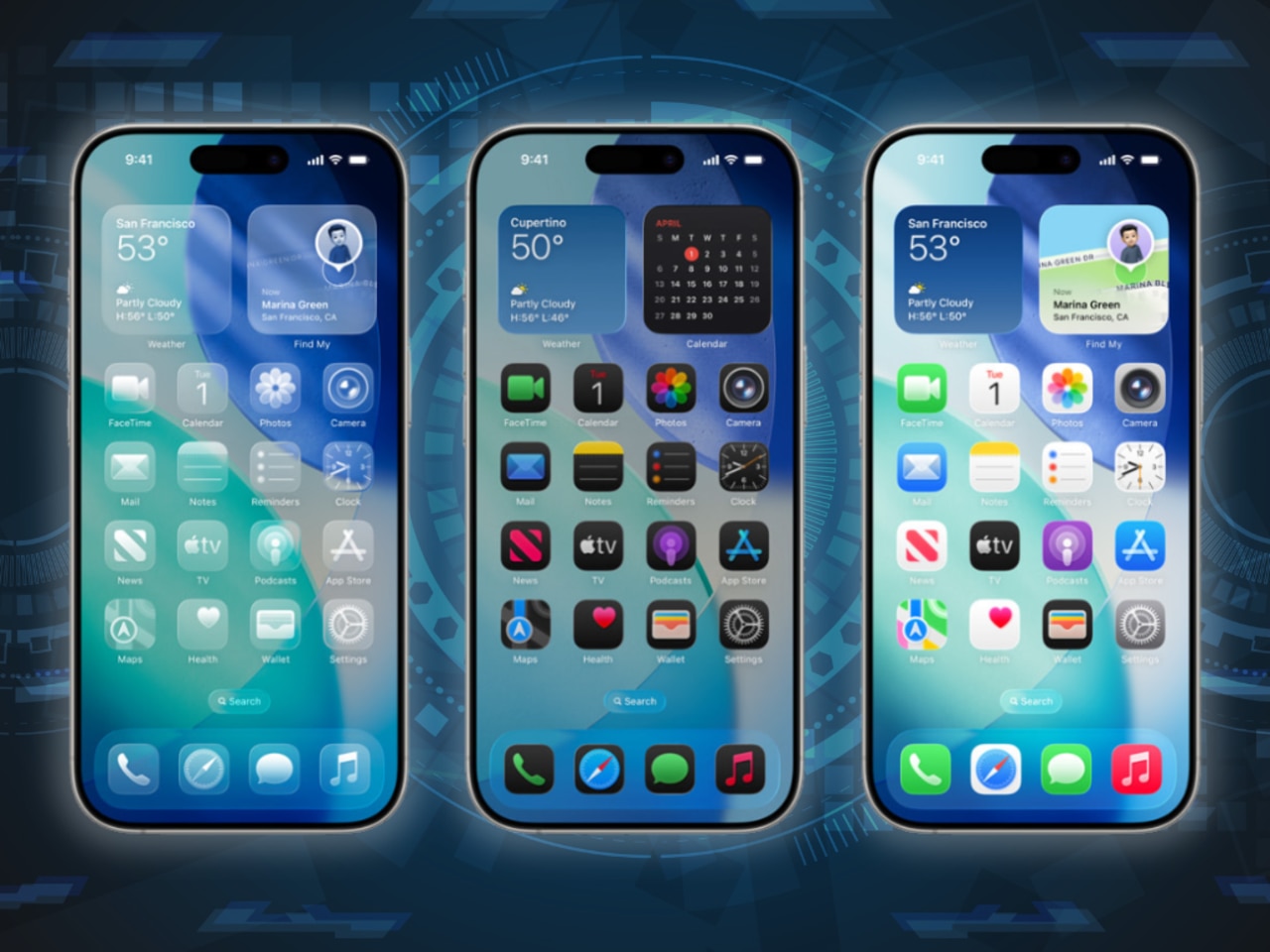Young people can’t read body language – smartphones blamed
A new study has counted how smartphones have reduced the number of hours we spend interacting with people in person - the findings will shock you.
Smartphone
Don't miss out on the headlines from Smartphone. Followed categories will be added to My News.
Young people have spent 20,000 fewer hours interacting with friends and family in person before their 18th birthday thanks to their addiction to smartphones, a shocking new study has found.
The confronting tally by brain research group Sapien Labs has been linked to a rapid decline in youth mental health leaving teens unable to read body language.
Before the age of the internet, young people spent up to 25,000 hours interacting with peers and family in person by their 18th birthday, said Tara Thiagarajan, Sapien chief scientist Tara Thiagarjan.
However, the rise of the internet has reduced this to under 5000 hours – eight per cent reduction.

As a result of spending more time online young people are experiencing negative side effects such as:
•Obsessive, strange or unwanted thoughts;
•Self-image, self-worth and confidence;
•Feelings of being detached from reality;
•Relationships with others;
•Suicidal thoughts;
•Fear and anxiety;
•Feelings of sadness, distress or hopelessness.
Sapien Labs surveyed more than 48,800 people in eight English speaking countries including 3694 participants in Australia for its Mental State of the World Report 2021.
The lab used a Mental Health Quotient – a free and anonymous online assessment tool to score the mental wellbeing of study subjects according to capabilities and symptoms across 10 major mental health disorders.
Before 2010, when smartphones were introduced, studies showed that young adults had the highest levels of psychological wellbeing, Ms Thiagarajan said.
Since then mental wellbeing has been declining with each younger generation the study found.
“Data shows that people now spend 7-10 hours online,” Ms Thiagarajan said.
“This leaves little time for in-person social engagement,” she said.
Social interaction teaches people how to read facial expressions, body language, physical touch, appropriate emotional responses, and conflict resolution, life skills that are crucial for socio-emotional development, Ms Thiagarajan said.
When they don’t learn these skills through social interaction young people can feel detached from society and possibly harbour suicidal thoughts.

These symptoms being experienced by young people today pointed to a decline of the Social Self, she said.
This is essentially how humans view themselves and understand how to form and maintain relationships and integrate themselves into society.
“This highlights the magnitude and nature of the challenges of social isolation and digital interaction at the expense of in-person social interaction,” said Ms Thiagarajan.
Australian research has echoed the findings.
In 2020, the Black Dog Institute and University of NSW research found levels of anxiety, depression, and concern for mental health in Australia significantly worsened during the pandemic with young people experiencing the greatest impact.
While the internet is causing the problem it could also be part of the solution.
The Black Dog Institute said rapid interventions to help large sectors of the population using digital mental health services and helplines were critical to support access to clinical and professional help.
Mental Health Australia chair Matt Berriman said multiple reports shows Australia needed to spend over $4 billion boosting the mental health workforce and reforming the system.
“Getting help in your local area in your community where you need it when you need that is super important,” said the tech entrepreneur who has gone public about his own diagnosis of bipolar disorder and his attempted suicide.
More Coverage
Originally published as Young people can’t read body language – smartphones blamed









